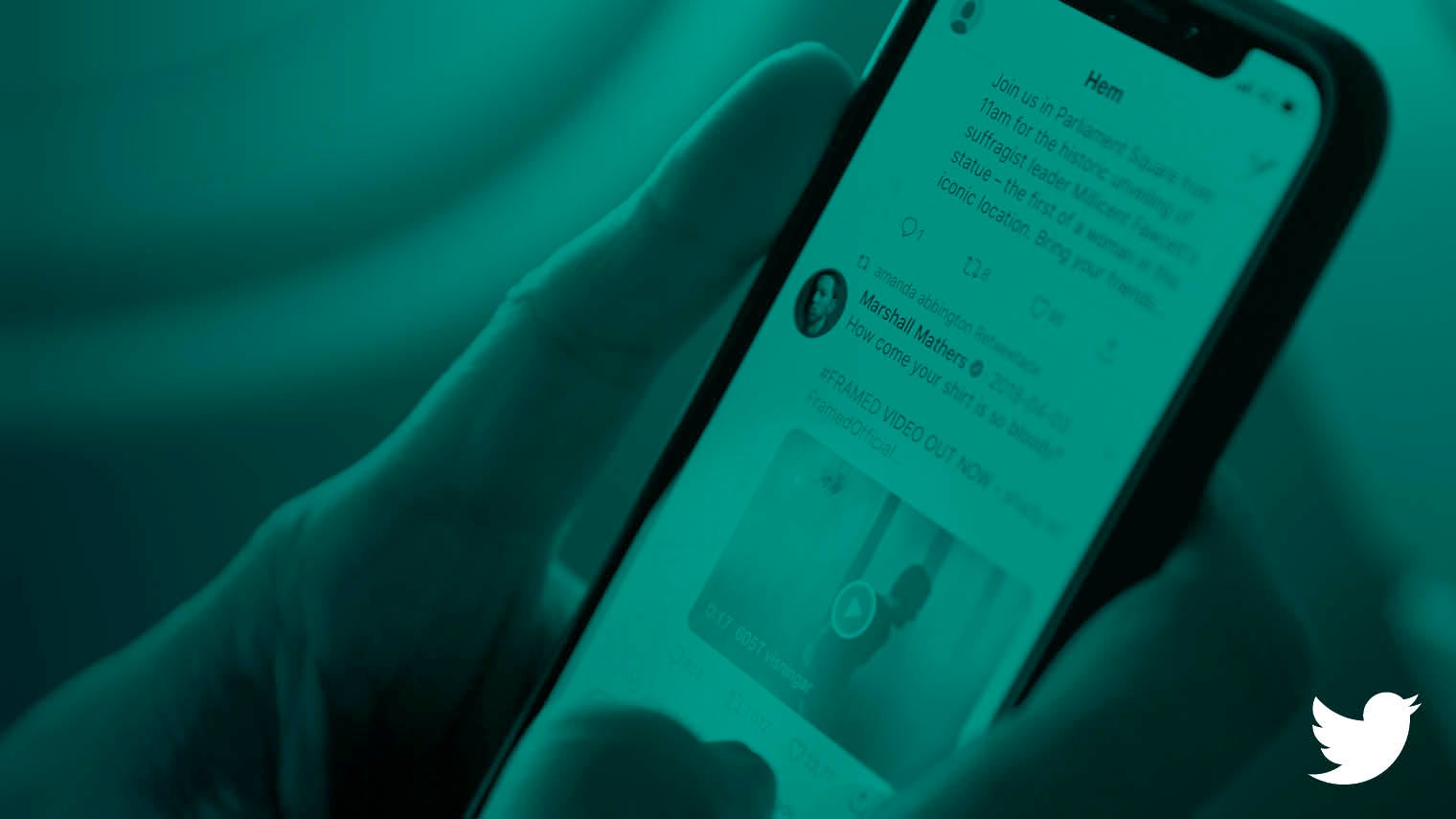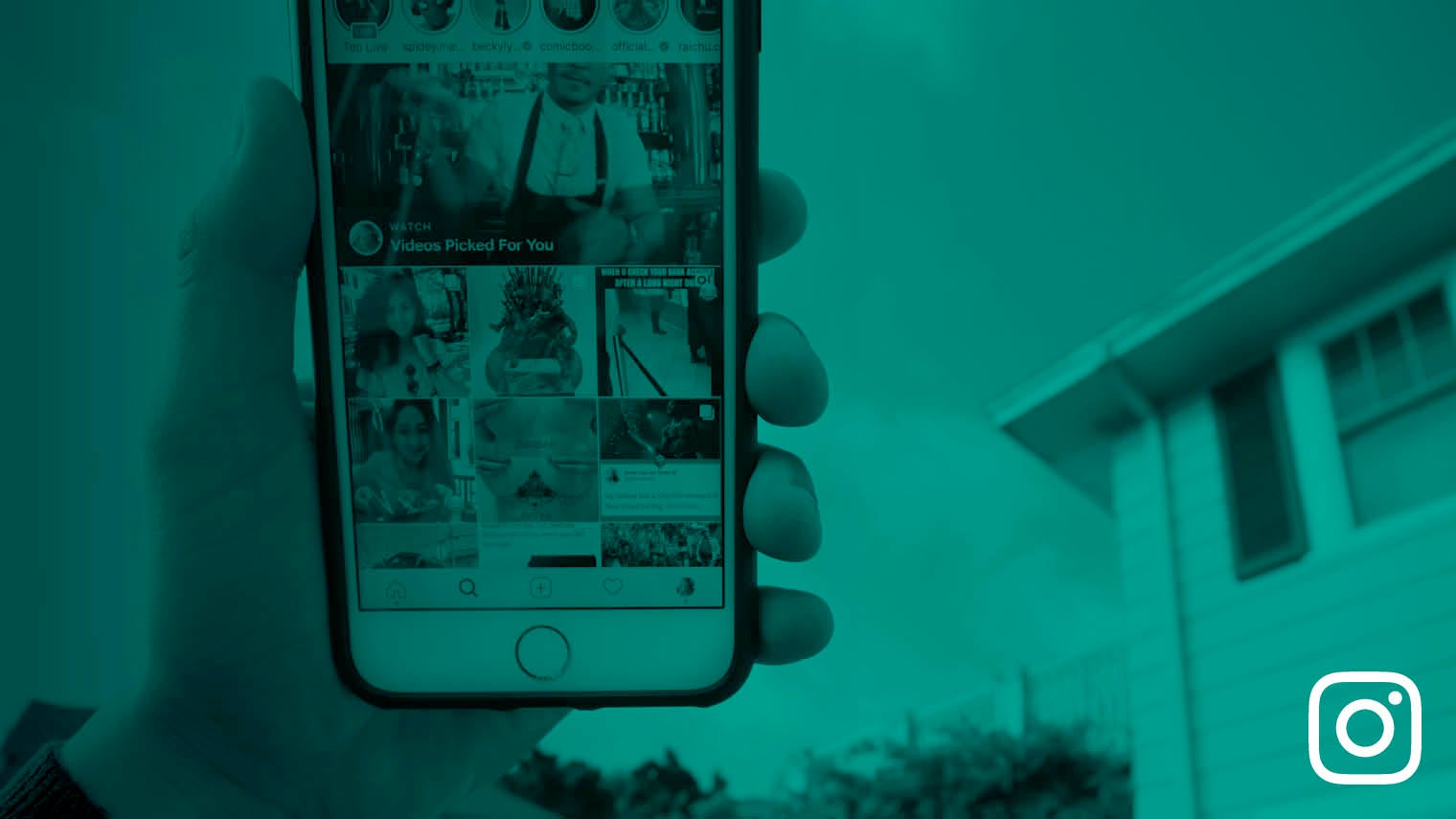If customers used to talk about the products and brands they liked face to face, they’re as likely now to be doing so via social media.
By querying large volumes of social messages using specific keywords and analysing the overall customer sentiment, a process known as social listening, it’s increasingly possible to glean valuable information. And not just about specific products or brands, or indeed their competitors, but about broader moods and trends, and what may be around the corner that needs preparing for now.
“There’s a growing demand for marketing strategy to be backed by data of the kind that traditional quantitative and qualitative measures can provide, but only much more slowly,” explains Francesco D’Orazio, founder of social media platform Pulsar. “Social data allows for faster response times with updates on, say, a weekly basis.”
Social media’s data wealth continues to grow
But social listening is not a panacea, he stresses. It typically needs to be used in conjunction with more traditional data sets and, “since, like fashion, social media is an expression of identity”, says Mr D’Orazio, careful interpretation is required. “It’s ideal for the ‘what’, less so for the ‘why’. But it’s a powerful tool, even given that social media users are, by definition, self-selecting.”
However, business should not forget the rest of the internet, says Will McInnes, chief marketing officer of digital consumer intelligence agency Brandwatch. “Blogs and forums offer some of the richest conversations. You have to look beyond the mainstream social media networks now. We see companies understanding their customers better and making better decisions as a result, by listening to the whole internet,” he says.
Matthieu Danielou, product manager at social listening agency Synthesio, speaks of the rise of alternative platforms, such as Amazon commentary or TripAdvisor, with no notion of followers but which, along with consumer websites, look set to be important data sources. “Social media is not just about social networks anymore,” he points out.
And the data available there is only likely to grow, even given privacy issues. “Which social media platforms are useful to what purposes is constantly changing, and the way platforms make money is increasingly based on how they qualify and use data in a way we’re comfortable with,” says Lizz Kannenberg, director of brand strategy at media management platform Sprout Social. “But as young people grow up, comfortable with the idea of sharing their data, there will be ever-greater access. Social listening will remain the world’s largest and most open focus group.”
Size matters: Facebook
Mr D’Orazio argues that Facebook is the most mainstream of the major social media platforms and so best for validation of trends. “When something is happening and starts to get to scale and is reaching more layers of the population, then that’s when you’ll start to see it on Facebook,” he says. But it’s also more personal than, say, the comparatively more professional realms of LinkedIn and Twitter.
Facebook is unusual in offering data analysts useful tools. Its social graph tool, for example, can help brands create more personal communications, especially if your brand audience is largely in the over-55s demographic who are now joining Facebook in large numbers. “That said, if you’re looking to attempt a customer sentiment analysis of Generation Z, then Facebook probably isn’t the place anymore,” he adds.
Wesley Mathew, UK head of marketing for media intelligence provider Meltwater, also says its utility has to be viewed with circumspection since the Cambridge Analytica scandal reduced outside access to only publicly available pages, as it did for Facebook-owned Instagram too.
Certainly you might ask if Facebook is losing its overall value to brand monitoring? “There’s no doubt that people are somewhat annoyed with it now and many are migrating to other platforms,” warns Magdalena Urbaniak, brand manager of social media listening platform Brand 24. “But the fact is that it retains billions of users, so even if it loses millions, it remains important.”
Mr McInnes describes Facebook as good for “broad brush-stroke insights” and “confirming a hypothesis”. But if you’re “looking to gain understanding from social listening, Facebook is not the place to go now, and I can’t see that changing”, he says.

Expertise and profile: Twitter
Twitter’s main strength is that its users often have both expertise and public profile, so allowing social listeners to track the creation of a new trend, or perhaps TV show or political party, and as with forums more broadly to take the temperature of public opinion and thinking. This, as Mr Danielou notes, makes it less a conduit for social listening as for customer care management, for a brand to improve understanding of its reputation.
“It’s still the most important platform at the moment for social listening and I don’t see that changing over the next few years,” says Mr D’Orazio. “Even if you’re launching a really boring product in a really boring industry, you’d find value in Twitter.” Mr McInnes agrees: “Its fortunes are really on the up, since Trump and rapper Kanye West [became associated with it], it’s managed to find its place again in the cultural narrative.”
Twitter’s format of text, brevity and directness, with tweets typically focused around a specific subject, means it offers the potential for brands to gain understanding at speed, argues Ms Urbaniak.
But it’s not all good. Twitter has varying appeal across nations. It’s huge in Japan, for example, but barely resonant in Germany. Its data is comparatively expensive and it’s not a big platform, at least not yet.
“Twitter has a lot of trolls too, so there’s always room for a conversation to spiral into insult, which without manual analysis can skew the data,” warns Mr Mathew. “Seeing a massive spike in negative sentiment doesn’t necessary reflect the truth so much as the work of Russian bots perhaps.”

Lifestyle insight: Instagram
Given Instagram’s content remains largely visual, focused on people’s tastes, aspirations and interests, its value is chiefly in providing soft data for the analysis of lifestyles, especially to brands for which aesthetics is a key factor.
It’s “soft” because while that analysis can be fine-tuned, across different demographics for example, it is limited to doing so by hash-tag or comment, although the next five years are likely to see machine-learning tools allow analysis of the content of the pictures themselves. And because images are so rich in their content, this will afford qualitative insights of an audience on a quantitative scale.
Shifts in the way Instagram is being used are also now adding to its utility for social media monitoring. Ms Urbaniak cites a trend for users “getting bored with ‘beautiful’, curated content in favour of content closer to real life and that’s providing data which gives a more honest picture”.
Instagram’s user base also leans towards the 18 to 29-year-old age bracket, who don’t necessarily have the biggest spending power, but are certainly among the most influential in terms of trends.
“For understanding what makes the youth market tick it’s important. But don’t expect an in-depth analysis of, say, how the customer feels about a specific product, of a kind that can be used to improve the customer experience, which is what social listening is really all about,” she says.
“Yes, even limited insights from the analysis of the public pages of brands can help benchmark your own brand, but Instagram is not a place to find your next breakthrough idea,” argues Mr McInnes. “Marketers like it because it’s part of the Facebook stable. But it’s really a shallow side dish to accompany a main.”

Industry focus: LinkedIn
The social listening of the Microsoft-owned LinkedIn is beneficial if the aim is to understand what’s driving the conversation in a particular industry, making it an especially important tool for business-to-business brands.
“LinkedIn does get a mixed reaction, but it’s where the business audience is, especially since it doesn’t yet seem to have a decent rival,” says Mr McInnes.
“A number of pundits have said LinkedIn is the place to be as a business-to-business marketer, even if much less so for social listening purposes,” says Mr Mathew. That’s because, given LinkedIn provides no access to third-party providers, it necessitates a manual, as opposed to automated, and costly process of working through
its data.
“Industries are increasingly getting very specific about the platforms they’re interested in because there’s an understanding that not all platforms are useful to all industries,” notes Mr D’Orazio. “They’re focused and with good reason; they know where their audiences are. There’s an assumption that monitoring one platform provides insufficient data, but it’s more a question of how that data is interpreted.”
Social media's data wealth continues to grow
Size matters: Facebook

